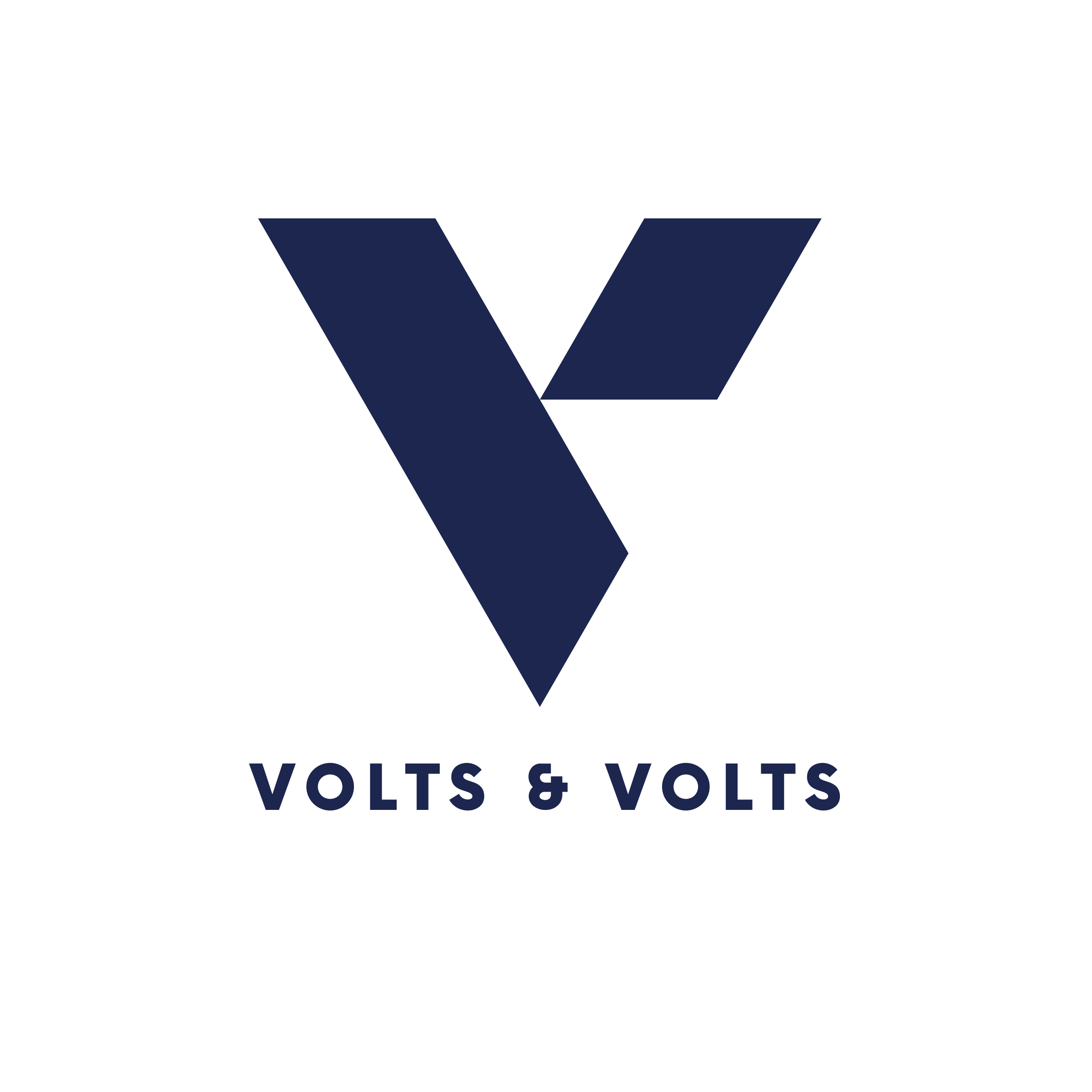Elon Musk’s vision for a fleet of autonomous robotaxis has captured the public’s imagination, representing a significant leap toward a future where cars drive themselves. However, as Tesla eyes Austin as the launchpad for this ambitious project, it faces a number of challenges that could hinder its timeline and implementation.
Recent reports have indicated that crucial stages in the development of Tesla’s driverless technology are lagging. Specifically, testing for the driverless feature, a critical step before customers are able to use the robotaxis, had reportedly not begun by last month. This delay raises questions about Tesla’s readiness to meet its ambitious launch dates and how the roadmap for deploying these vehicles will unfold.
The Importance of Testing
Before any public launch, rigorous testing of the autonomous system is essential. It ensures safety, reliability, and adherence to regulatory standards, all of which are crucial for gaining the trust of users and regulators alike. The absence of extensive real-world testing compounds the risk of potential failures that could arise once the robotaxis hit the streets. Given the advanced nature of self-driving technology, a thorough evaluation is not only prudent but necessary.
Meeting Expectations
As Tesla prepares to roll out its robotaxi service, the world watches closely. The market is eager to witness the company’s entry into this groundbreaking sector, but the pressure is mounting. Tesla’s established reputation for innovation is balanced precariously on the success of this project. Should delays continue, it could impact the company’s credibility and market stance. Furthermore, there are inherent challenges in navigating regulatory approval processes that could also slow down the rollout.
Regulatory Hurdles
Robotics and autonomous technology are increasingly under the spotlight of policymakers and regulators. These entities seek to ensure that the technology is safe for public use, as it involves various concerns from insurance implications to public safety. The regulatory landscape is continuously evolving, and Tesla must navigate this complex environment effectively to launch its robotaxi service without significant legal hindrances.
A Vision for the Future
Despite the current roadblocks, Musk’s vision for robotaxis remains strong. The concept of a fleet of autonomous vehicles represents a fundamental shift in how transportation could function, potentially reducing reliance on private car ownership and transforming urban mobility. If Tesla can overcome these challenges, it might not only solidify its position in the increasingly competitive autonomous vehicle market but could also set a new standard for the future of transportation.
Conclusion
Tesla’s robotaxi launch in Austin epitomizes the exciting yet challenging journey toward driverless innovation. With critical testing still pending and regulatory obstacles looming, the timeline for a public rollout remains uncertain. As the situation continues to develop, both followers of the tech industry and potential users will be closely monitoring Tesla’s progress in overcoming these hurdles. The world is waiting to see if Musk’s ambitions can translate into reality, navigating the roadblocks ahead to revolutionize transportation as we know it.
Enjoyed the video? Hit that SUBSCRIBE button so you don’t miss the next one! 👍
